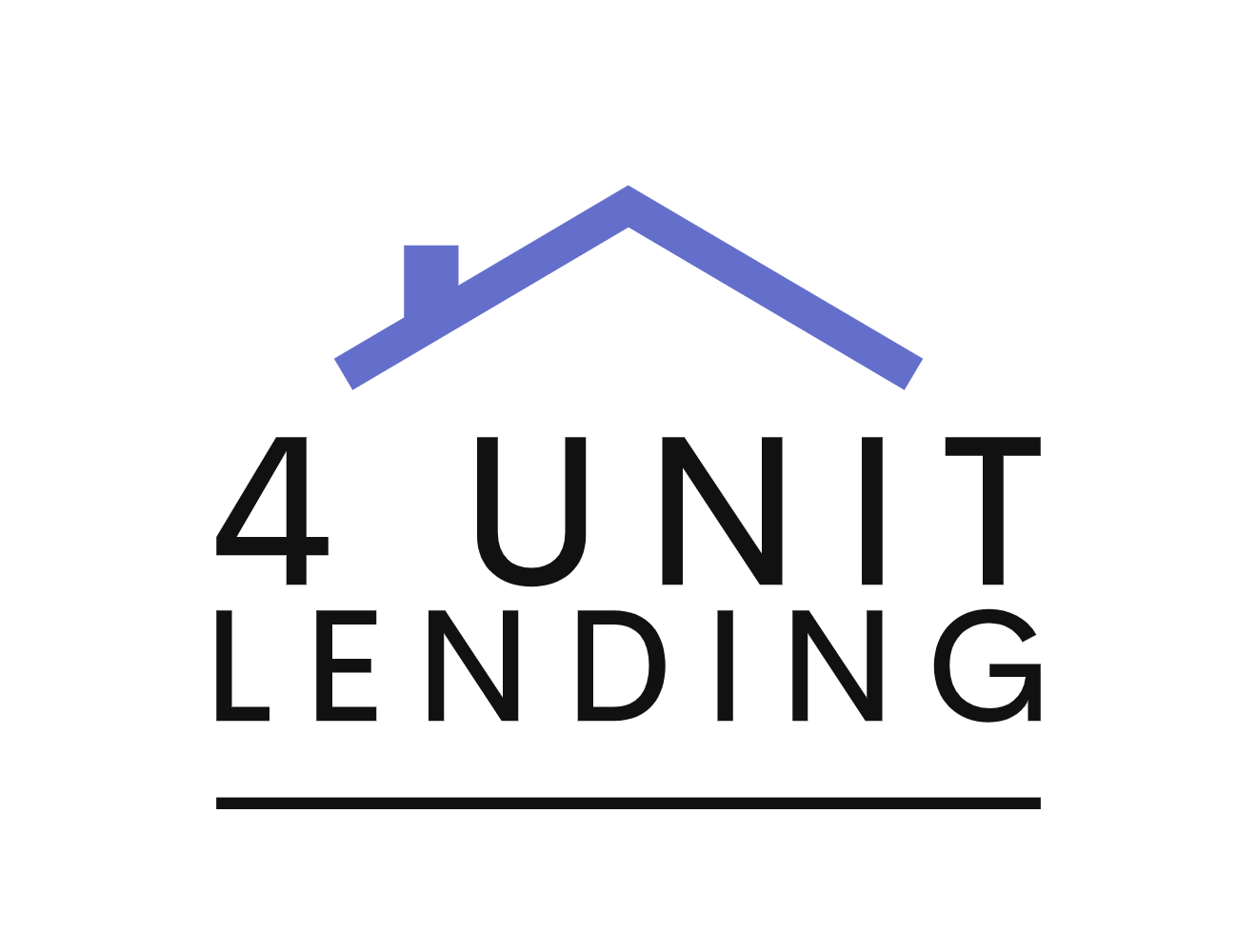Key takeaways
A fixed-rate mortgage carries the same interest rate and monthly payment for the life of the loan. An adjustable-rate mortgage (ARM) has an interest rate that changes at preset intervals, increasing or decreasing the monthly payment.
The introductory interest rate on an ARM is usually lower than the rate on a fixed-rate mortgage.
Fixed-rate mortgages are more popular than ARMs. Generally, ARMs are best for borrowers who plan to move or refinance prior to the end of the introductory rate period, or can afford higher monthly payments.
Fixed-rate vs. adjustable-rate mortgages (ARMs)
Fixed-rate mortgages are the go-to for most borrowers, despite adjustable-rate mortgages (ARMs) charging a lower interest rate to start.
How fixed-rate mortgages work
A fixed-rate mortgage (FRM) has the same interest rate for the life of the loan, so your monthly mortgage payment — the principal and interest portion — won’t change unless you move or refinance. Fixed-rate mortgages typically come in 30-year and 15-year terms, but there are also flexible term options anywhere from eight years to 29 years.
Keep in mind:
If you escrow your homeowners insurance and property tax payments, your monthly mortgage payments can still change as premiums or taxes rise. The portion of your monthly payment that goes to loan principal and interest, however, won’t change with a fixed-rate mortgage.
How adjustable-rate mortgages (ARMs) work
An adjustable-rate mortgage has an interest rate that changes at predetermined intervals after a fixed-rate introductory period, typically three, five, seven or 10 years. Generally, this initial fixed rate is lower than that of a standard fixed-rate mortgage.
Once the introductory term ends, your rate will adjust up or down, usually every six months or every year. These adjustments are often tied to a financial index, such as the Secured Overnight Financing Rate (SOFR). Most ARMs have caps that limit how much your rate can increase.
Differences between fixed-rate vs. adjustable-rate mortgages
The biggest difference between a fixed-rate mortgage and an ARM is the variability of the interest rate: With a fixed-rate mortgage, the rate stays constant for the entire loan term, while an ARM rate changes over time. If your rate goes up, your monthly payment will also increase, and vice versa.
Beyond the rate structure, the differences between a fixed-rate mortgage and ARM include:
Initial interest rate: An ARM typically has a lower initial interest rate and monthly payment than a fixed-rate loan.
Down payment minimum: A conventional ARM requires a higher down payment of 5 percent, compared to 3 percent on conventional fixed-rate loans.
How interest is calculated: With a fixed-rate mortgage, your rate is set at the onset of the loan. With an ARM, your rate is recalculated with every adjustment, based on the index associated with the ARM, the lender’s margin and caps.
Example of fixed-rate vs. ARM payments
Here’s an example of the difference in monthly payment between a fixed-rate mortgage and an ARM. In this scenario, we assumed a first adjustment of 1.5 percent, subsequent adjustments of 1.5 percent and a lifetime rate cap of 5 percent. We also excluded homeowners insurance and property taxes. Our ARM vs. fixed-rate calculator can help you compare your own payment scenarios.
5/1 ARM (30 years)
FRM (30 years)
Home price
$390,000
$390,000
Loan amount
$370,500 (5% down)
$378,300 (3% down)
Initial interest rate
6.11%
6.89%
Initial mortgage payment
$2,248
$2,489
Maximum mortgage payment
$3,376
$2,489
Similarities between fixed-rate and adjustable-rate mortgages
Fixed-rate mortgages and ARMs have some aspects in common:
Both come with standard 30-year repayment option. Both fixed-rate mortgages and ARMs offer standard 30-year terms.
Both require good credit for the most favorable terms. With either a fixed-rate mortgage or an ARM, you’ll need good to excellent credit to get the best rates and terms.
Both can be refinanced. Whether you have a fixed-rate mortgage or ARM, you’ll have the option to refinance.
Choosing between a fixed-rate or adjustable-rate mortgage
There’s no right or wrong answer about a fixed-rate and adjustable-rate mortgage — both have pros and cons. Still, one type of loan might be a better fit than the other for your financial circumstances.
Fixed-rate mortgages might be best for:
Those planning to stay put – If you plan to make your next move permanent, the stability of a fixed-rate mortgage might be the best option. You won’t ever need to worry about increases to your monthly principal and interest payment, and you’ll have the option to refinance in the future if rates come down.
Those buying their first home – Buying a house is a complicated process, and the nuances of an ARM can make it even more daunting. In addition, many first-time homebuyer loan programs only come with a fixed-rate option.
Those getting a mortgage when rates are low – If borrowing costs are relatively cheap, it might be best to lock in that low fixed rate.
Those with lower down payment savings – Conventional fixed-rate loans only require 3 percent down, while ARMs require 5 percent. If you’re tight on cash, a fixed-rate loan might be more manageable on the front end.
ARMs might be best for:
Those who plan to move in the short term – If you plan to move in a few years, you could save money with the low intro payments on an ARM — and get out before the rate resets.
Those who anticipate income to rise – If you can count on a major increase in income over time or expect a financial windfall, you might be better equipped to handle rate increases.
Those getting a mortgage when rates are higher or more volatile – An ARM might be a more enticing option when prevailing market rates are higher or their movement is especially uncertain.
Those taking out a jumbo loan – Borrowing more mortgage means paying more in interest over time. An ARM could help you save on this cost, at least initially.
FAQ
Is an ARM riskier than a fixed-rate mortgage?
Is an ARM or a fixed-rate mortgage easier to qualify for?
What is a hybrid ARM?

